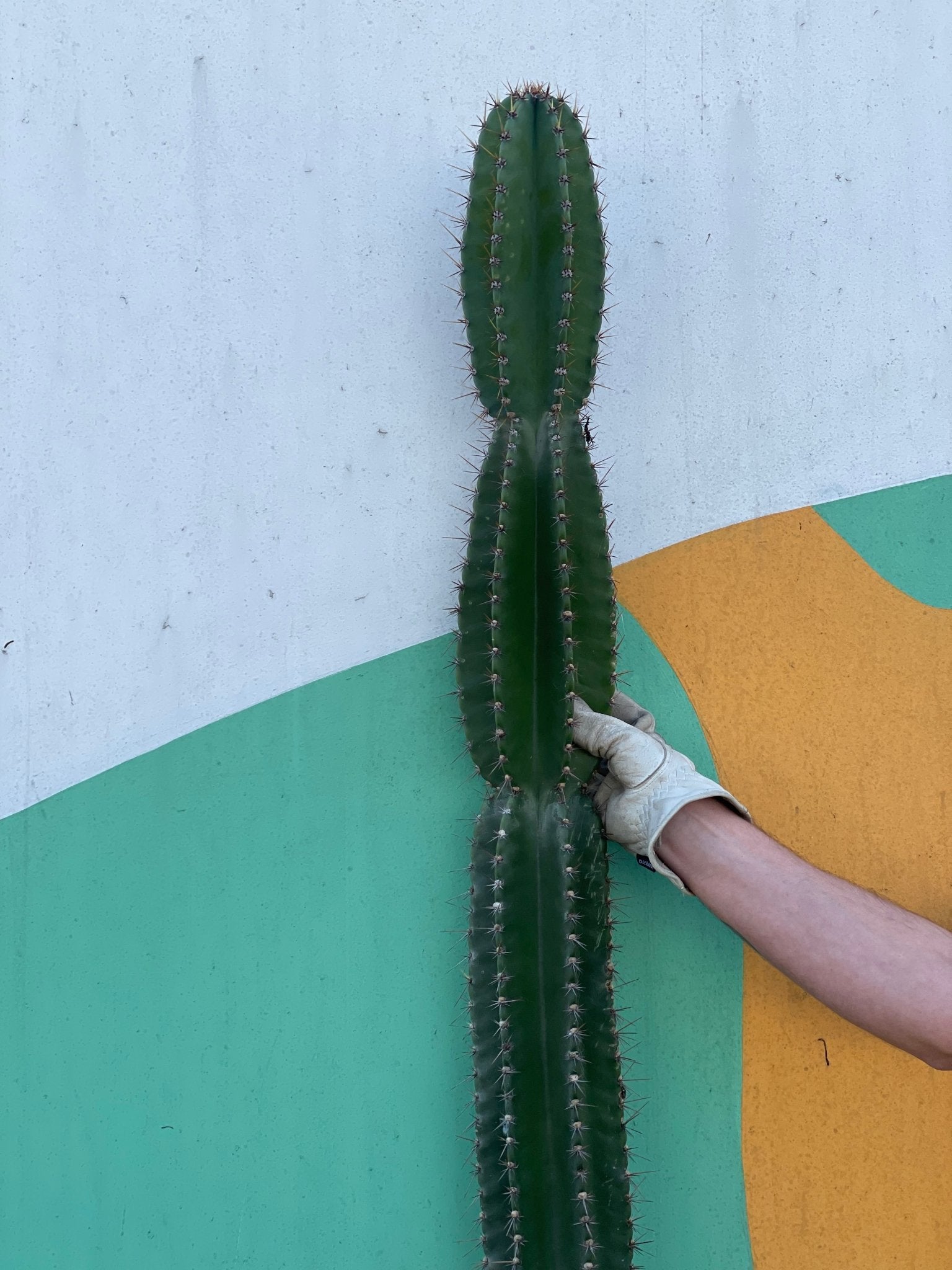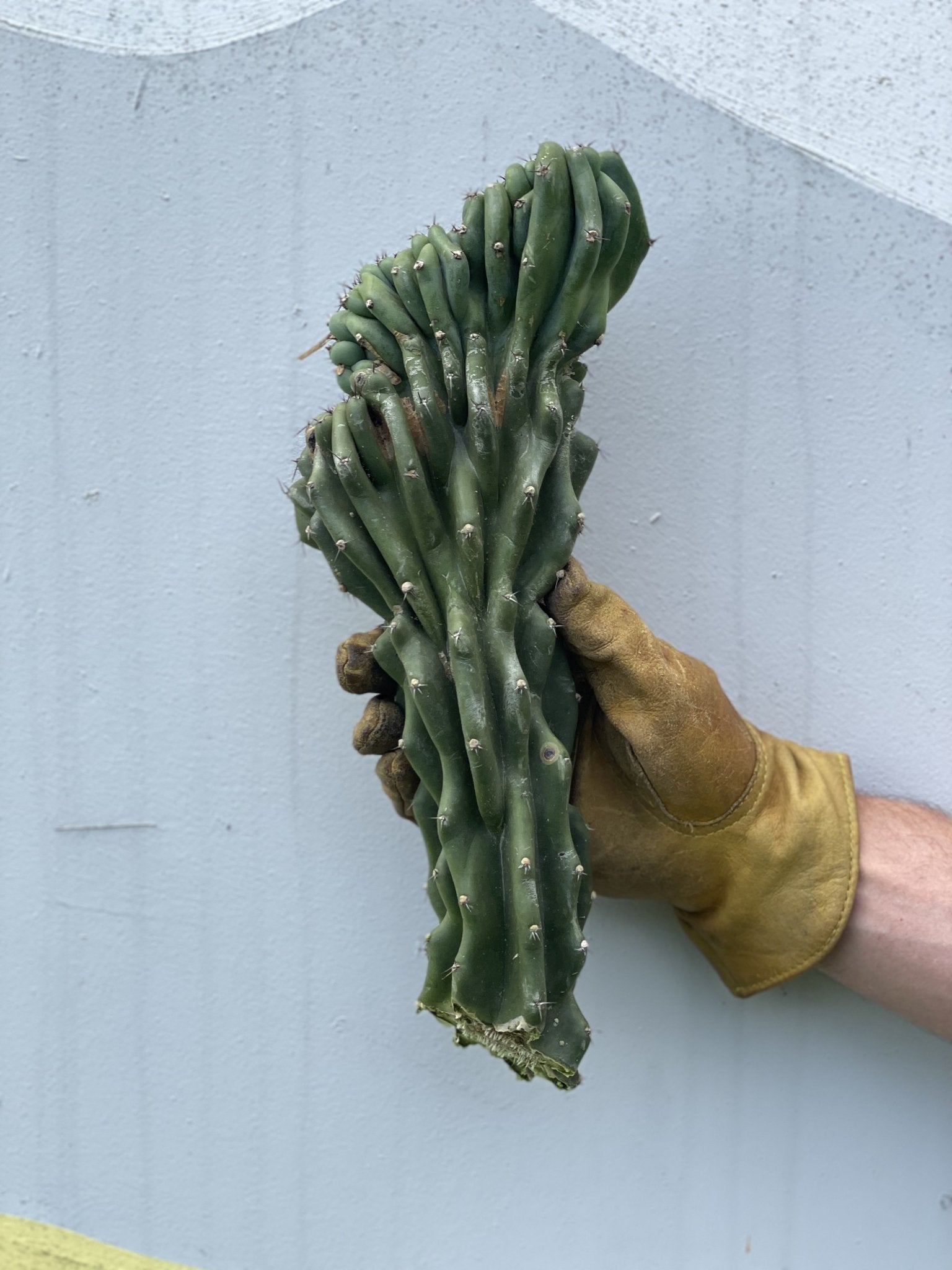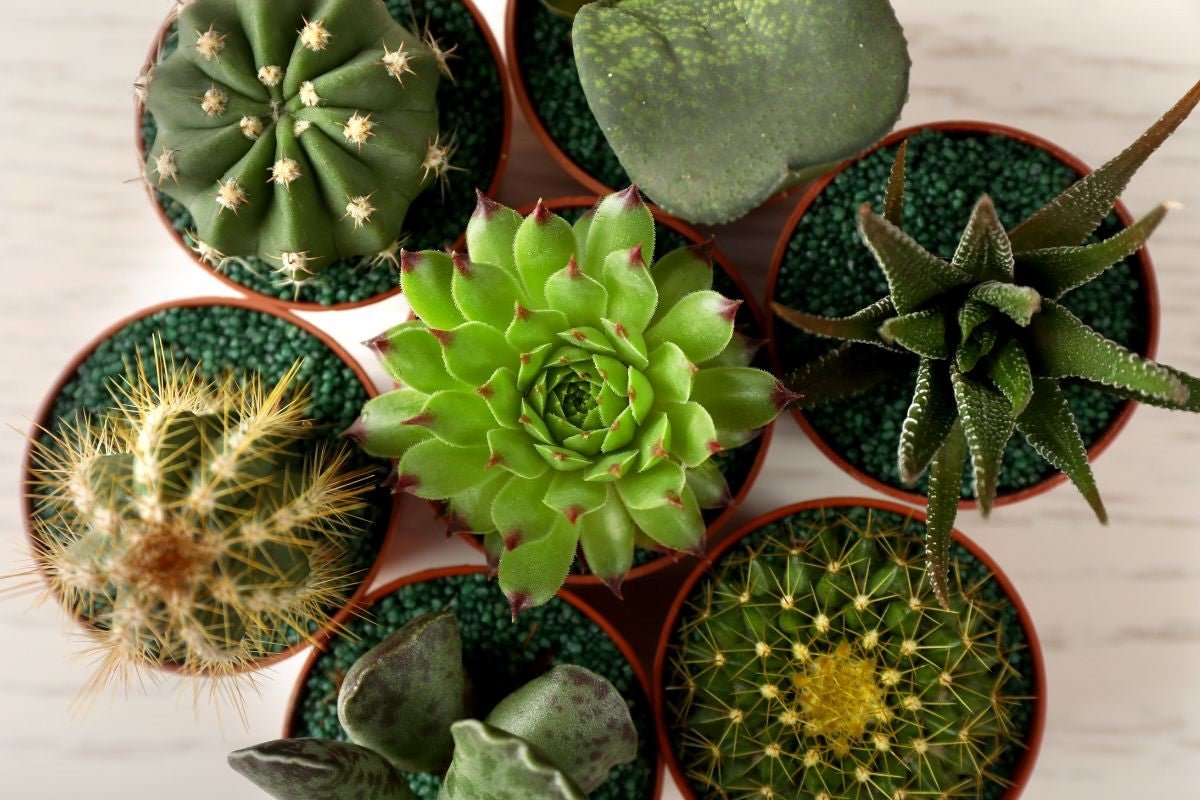Whether you're a burgeoning plant enthusiast due to remote work or a seasoned gardener, everyone seeks to infuse vitality and elegance into their surroundings. Yet, amidst this quest, one category of low-maintenance plants often gets overlooked: cacti.
Indeed, these spiny succulents offer significant value to your indoor garden and might be far simpler to nurture than anticipated.
Characteristics of Cactus Plants:
Adapted to arid environments, cacti originate from desert regions and possess unique traits enabling them to flourish with minimal water and ample sunlight. Classified as succulents, they feature thick, water-storing tissues. Unlike conventional plants, many cactus varieties lack genuine leaves, sporting instead modified spines that decrease water loss, crucial for retaining moisture in dry habitats.
Succinct Care Tips for Cactus Plants
Cactus plants are typically easy to care for, needing minimal watering to thrive. Additionally, according to Anna Ohler, Bright Lane Gardens Nursery proprietor, they usually do not need a spacious container to flourish. "Cacti are a superb option for indoor gardening. The majority of cacti grow upwards and occupy the minimal room beyond their containers," she explains. Continue reading for additional aspects to contemplate when tending to your succulents.
Optimal Sun Exposure for Cactus Plants:
Give your spiky succulents the right amount of sunlight and warmth for optimal growth. According to Thon, ensuring the perfect conditions is key. "Cacti relish the attention of sunlight and flourish in direct light—position them in the sunniest, warmest spot in your house. They'd enjoy a summer excursion outdoors if you have a sunny patio or yard. Move them outside when the nighttime temperatures stay above 50°F," Thon advises. "They'll thrive in the open air, experiencing faster growth than indoor conditions. You won't need to fret over watering them outdoors—occasional rain showers will suffice. Bring them back inside as summer winds down and temperatures drop below 50°F."
Proper Watering Techniques for Cacti:
Maintaining the correct moisture level in the soil is crucial for the health of your cacti. Ohler emphasizes that most cacti only require watering every two to three weeks, simplifying their care. Cacti flourish in well-draining, dry soil. Excessive moisture can lead to root rot, which can ultimately result in the plant's decay or demise, as Worley noted. Root rot is a common challenge faced by beginners. Watch for signs of overwatering, such as a mushy texture in your cacti, indicating they're receiving too much water.
Tailoring Soil Mix and Nutrition for Cacti:
To promote healthy growth, Palomares stresses the importance of using the right soil mix for potting cacti. Cacti thrive in soil containing more sand and rocks, facilitating water drainage and maintaining a dry environment between waterings to prevent root rot. Additionally, it's crucial to utilize fertilizers formulated explicitly for cacti to ensure they receive adequate nutrition without being over or underfed, Palomares advises. Alternatively, fertilizers designed for succulents can also be suitable. Thon recommends diluting the fertilizer according to the instructions on the bottle, watering the cactus first, and then applying the fertilizer to damp soil to avoid root damage. Fertilizing once in spring and once in summer is typically sufficient, as cacti do not require frequent feeding.
Common Issues and Pest Control for Cactus Plants:
Cactus plants exhibit remarkable resilience, with the primary challenges arising from bacterial or fungal infections often caused by overwatering. Certain pests can also threaten cacti, with scale, mealybugs, and root mealybugs being the most prevalent. These pests can be manually removed or treated with a suitable pesticide. Additionally, cacti may face less frequent issues, including infestations of spider mites and fungus gnats.
Exploring Cactus Plants for Culinary and Medicinal Purposes:
Senior activities ideas involve delving into the diverse uses of cactus plants, including their culinary and medicinal applications. Participants can learn about cactus varieties like dragon fruit, prickly pear, barrel, cholla, and saguaro, which offer edible options such as making jellies, jams, and juices from prickly pears. Additionally, seniors can explore the culinary tradition of utilizing nopales, a common ingredient in Mexican cuisine, derived from certain cactus species.
Moreover, the discussion can extend to peyote's cultural and historical significance, a small cactus native to Mexico and parts of Texas. Participants can delve into its traditional use among Native American communities for medicinal and spiritual purposes. Exploring these facets of cactus plants can provide an engaging and educational experience for seniors participating in various activities.
Conclusion:
Cacti frequently serve as distinctive focal points in both indoor and outdoor settings. When utilized indoors, these plants provide tranquil desert-like profiles and require minimal maintenance. For outdoor spaces, incorporating cacti into gardens can contribute to water conservation and evoke a desert ambiance. They are particularly favored for xeriscaping, which utilizes slow-growing, drought-resistant plants to minimize water usage and yard trimmings. This concept holds potential for senior activities ideas, as it encourages engagement with nature while promoting sustainable practices.












Leave a comment